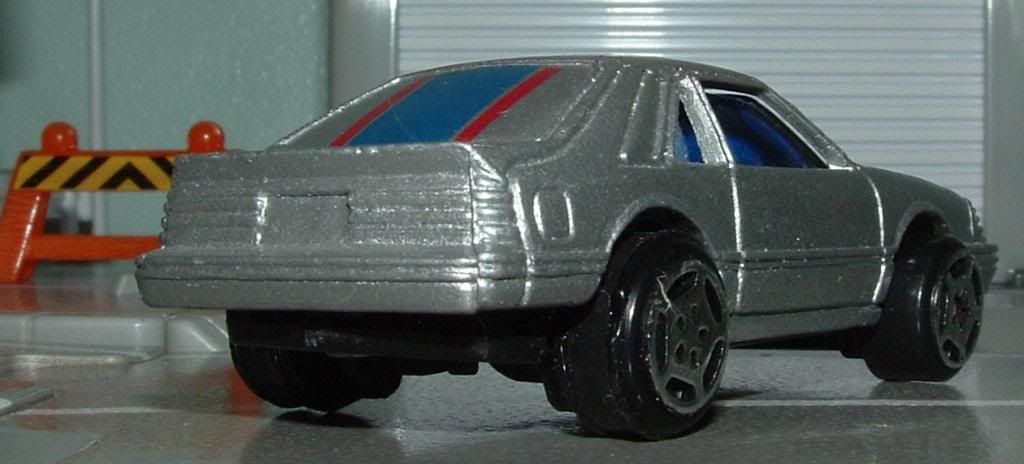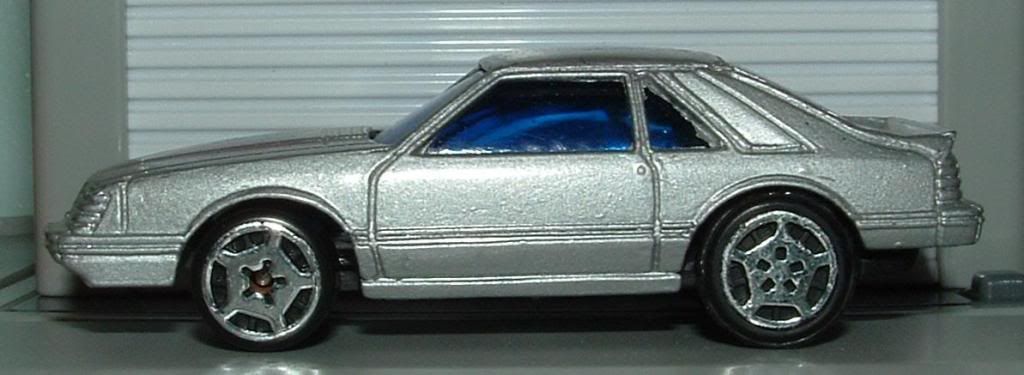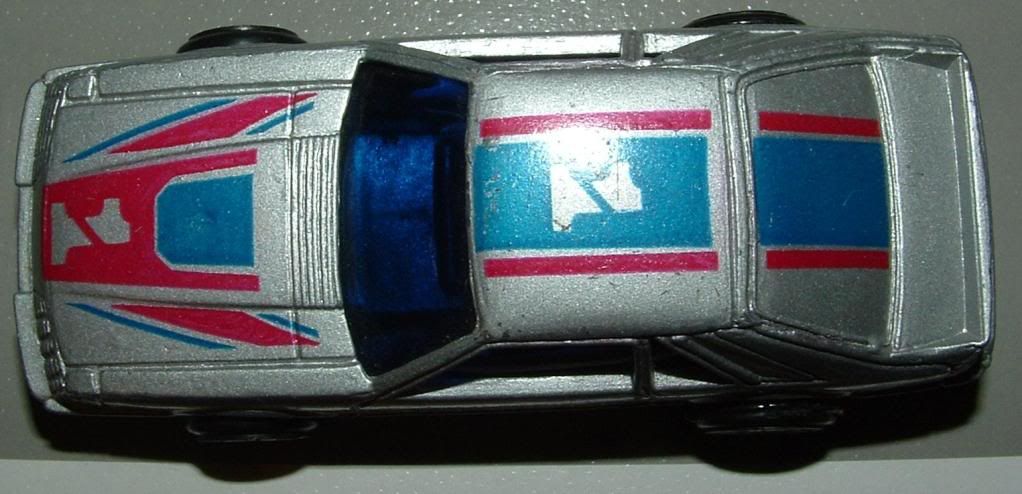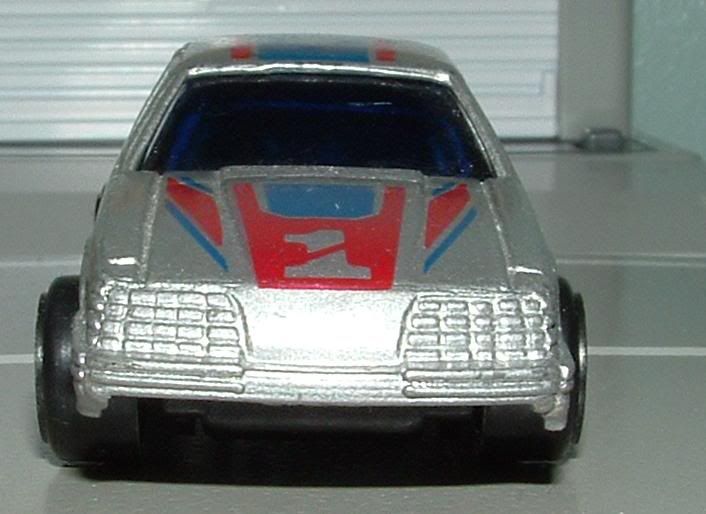
A blog focusing on 1/64 diecast from such popular brands as Hot Wheels, Matchbox, Johnny Lightning, M2 Machines, GreenLight, Tomica, Yat Ming, Majorette, MotorMax, Siku, Corgi, Guisval, Playart, Ertl, Zylmex, Racing Champions, & many more. Swifty's Garage features a daily Car Of The Day and news updates from your favorite brands!
Saturday, March 5, 2011
Car Of The Day: March 5, 2011
Today's car of the day is Blue Box's 1986 Ford Mustang SVO.
The Mustang SVO was a limited-production version of the Ford Mustang sold from 1984 to 1986, during which time it was the fastest, most expensive version of the Mustang available. Although it departed both physically and mechanically from any prior version of the Mustang, it held the same spot within the lineup, both in terms of performance over "lesser" variants and in prestige, as had variants such as the Shelby tuned and "BOSS" Mustangs of the 1960s and 70s.
For more information and pictures of the real car please visit: Ford Mustang SVO
This is a recent RAOK from old442dude (thanks Eric!). We all have cars we know are out there that we want. But every once in awhile a car comes along that is from a manufacturer you're familiar with but the casting is completely unknown. Until Eric posted this I had no idea this casting existed. And I don't think many of us did, because it isn't in Doug's list of Blue Box models either. So it from being an unknown, to a Grail, to in my collection in the span of about a month. And for that, a big thank you to Eric!
In the wake of the oil-crises of the 1970s the American muscle-car had effectively died off, the result of ever-rising fuel costs and the advent of more strict safety and emissions controls imposed worldwide. As a result, the "big three" automakers (Ford, General Motors and Chrysler Corporation), for whom muscle cars had been a steady and reliable source of income, began to suffer somewhat financially. Many of the great vehicles of the muscle car era had been either completely discontinued or had been painstakingly detuned to help keep them in compliance with new Federal emissions regulations and the rising demand for better gas mileage. The Mustang, although still in production, had suffered greatly through this time; diminished power output and Ford's seemingly complete inability to come up with an attractive bodystyle in the post-fastback era were major issues.
Ford began to make a major push forward with the Mustang in 1982, nearly completely re-inventing every aspect of the vehicle, which included putting a new emphasis on the model's sporty nature. Just prior to this, in the fall of 1981, Ford decided to form a division that could oversee both the company's racing program and the production of limited-edition, high performance street legal vehicles based on or taking technology from the race vehicles. Officially, the division was called the Special Vehicle Operations Department, but the public came to know them as simply SVO (S-V-O). Tasked with developing something that was both plainly American and competent to compete with entry-level European sports cars of the day, the team went to work on the new Mustang, deeming that it was the most obvious choice as a platform basis for a high-performance vehicle.
Still ultimately concerned with issues such as fuel consumption and emissions, SVO engineers opted to pass over the venerable Boss 302 in lieu of an updated, turbocharged, and stronger version of Ford's 2.3 liter inline four, originally used in the Pinto. Endowing the engine with an advanced, computer controlled fuel injection system and an intercooled turbocharger system helped push power output to 175 horsepower, fairly high for the time. With fine tuning and the addition of a new water-cooling system, power output rose to 200 horsepower (149 kW) for 1986 (205 horsepower (153 kW) for 439 85.5 SVOs) In addition, a "fuel grade" switch was added to the dash, allowing the driver to adjust the vehicle's performance level depending on if premium or standard grade fuel was being used. The vehicle's standard 5-speed manual transmission was updated as well, eventually receiving revised gearing and a factory installed Hurst shifter to improve feel and quickness. Also the 1986 SVO had different aero shaped headlights. These headlights were designed for the 1984 model, but regulations would not allow them for another two years. One of the major downfalls to the turbocharged inline four was the lack of torque in comparison to the V8, which, in the eyes of former muscle car owners, was considered a severe disadvantage.
Subscribe to:
Post Comments (Atom)






No comments:
Post a Comment